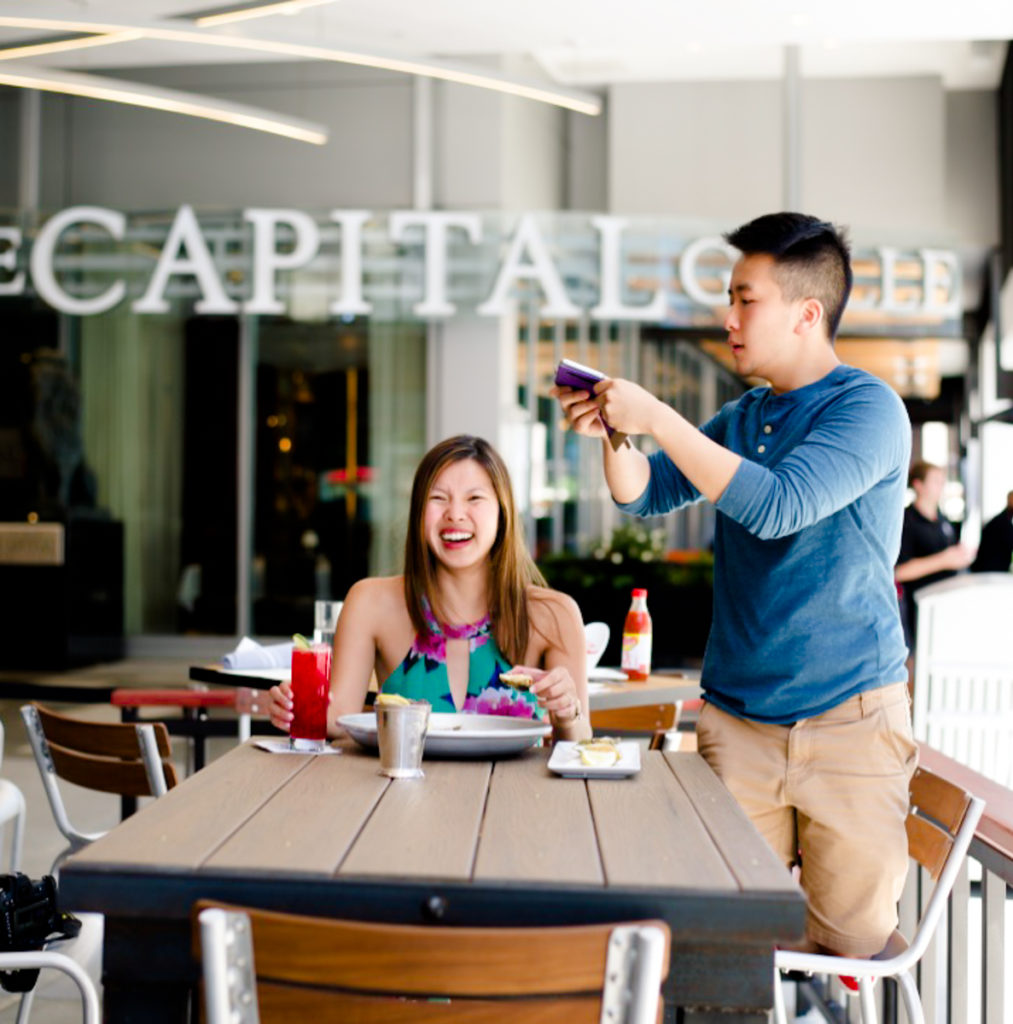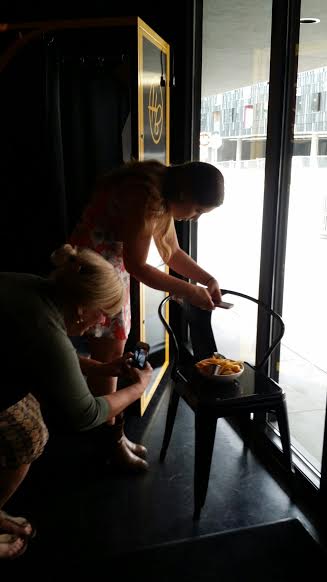For those who are curious and not in this world, a media event when it comes to the restaurant scene is a tasting or event that a restaurant or its PR firm will host, inviting people in media. These contacts could be food bloggers, food Instagrammers, traditional journalists, or a general influencer who is not necessarily niched to food. The goal of a media event is to showcase a new menu or business for consideration of media coverage. I’m sharing some top mistakes I’ve seen made at media events on the hosting side. I wrote this guide on how to make the most of your media event to help you achieve better reach in your media coverage.
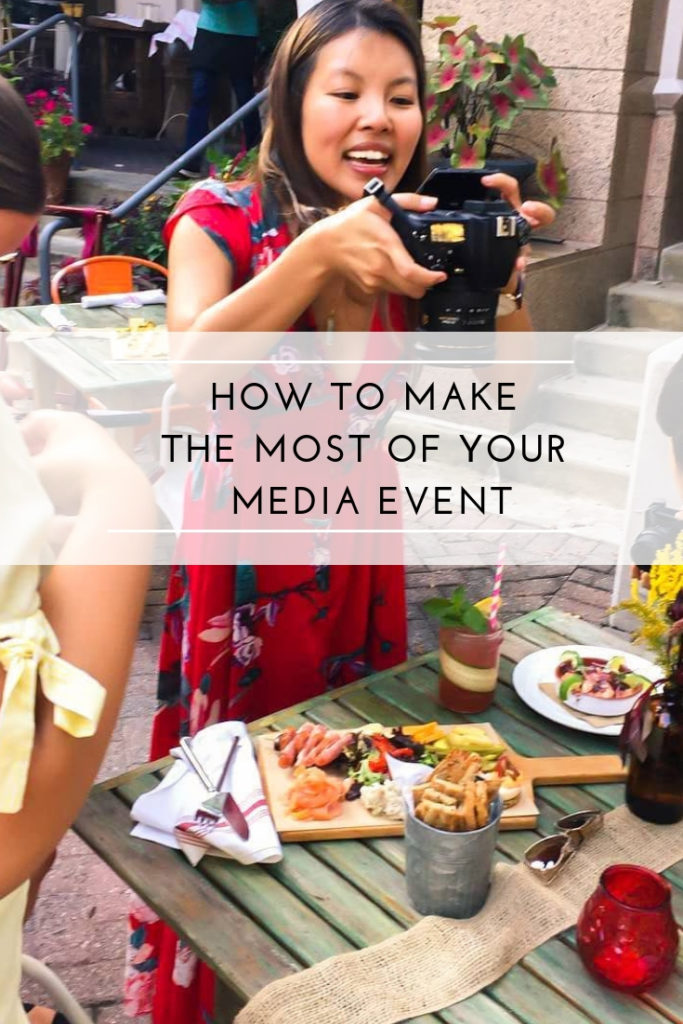
1. Utilize your window seats and patios to ensure better lighting for photos.
Lighting is everything. One of your goals of hosting a media event is to spread the word about your launch. Imagery is important and you want to enable your guests to capture your dishes in the best light. Literally and figuratively. If it’s winter and the window for natural light is limited, then consider bringing in some artificial lighting.
Here are some tips on food photography.
2. Do not do sample sizes of your dishes.

I understand the instinct to do sample sizes for a media tasting. I do. But if this is how they are viewing your dish, then these will be the photos going out on their coverage. Thus, these images of sample size portions will be what their audience will see. Of course, there are exceptions. Sample sizes CAN be pretty. Like these miniature cupcakes from my favorite cupcake bakery in Austin, Polkadots. There are also workarounds. For instance, doing family-style dining is better than sample sizes generally.
3. Aggressively curate your media list. Seriously.

Really think about your media list. Do not just pay attention to follower count. Anyone can buy followers these days. Look more closely. How is their engagement? Have you worked with them before? Have they ever stood you up previously for other events? How’s their reputation? There are bloggers out there who take advantage of restaurants’ goodwill. Word does travel. In addition to reputation, are the photos good quality? Or are they grainy, poorly-lit, and unappetizing? It may sound like I’m being picky, but you must be picky. An unappetizing photo either makes you unmemorable or worse, memorable for the wrong reasons.
4. If this is a media event, do not place requirements and expectations on the influencer.
If you do a great job curating your media list and are familiar with the quality of work the influencer or media person is producing, you won’t have to place expectations. The point of a media tasting is to produce an experience that is up for CONSIDERATION of media coverage. If they do this as a job, they are aware of the unspoken expectation. I promise. If you choose quality media contacts and deliver a quality experience, they will give you coverage. It is one of my biggest pet peeves when I receive a media invitation that has a guideline and requirement list attached even before the event takes place. The moment you try to make coverage obligatory with a timeline or enter a formal exchange of goods, then you should consider this sponsored content territory.
Look, I get the fear restaurants and PR firms are addressing when they try to enforce these kinds of guidelines. They’ve been burned by an entitled “blogger” or “bloggers.” My advice is to just not work with that blogger again and tell your PR friends. Also, sometimes it takes bloggers a while to put out content. They could have a full editorial calendar. That doesn’t mean there isn’t any word-of-mouth marketing that’s happening behind the scenes or a blog post in the works. Most of my DMs come from people wanting suggestions on where to eat!
5. Provide paper menus with social media handles and hashtags.
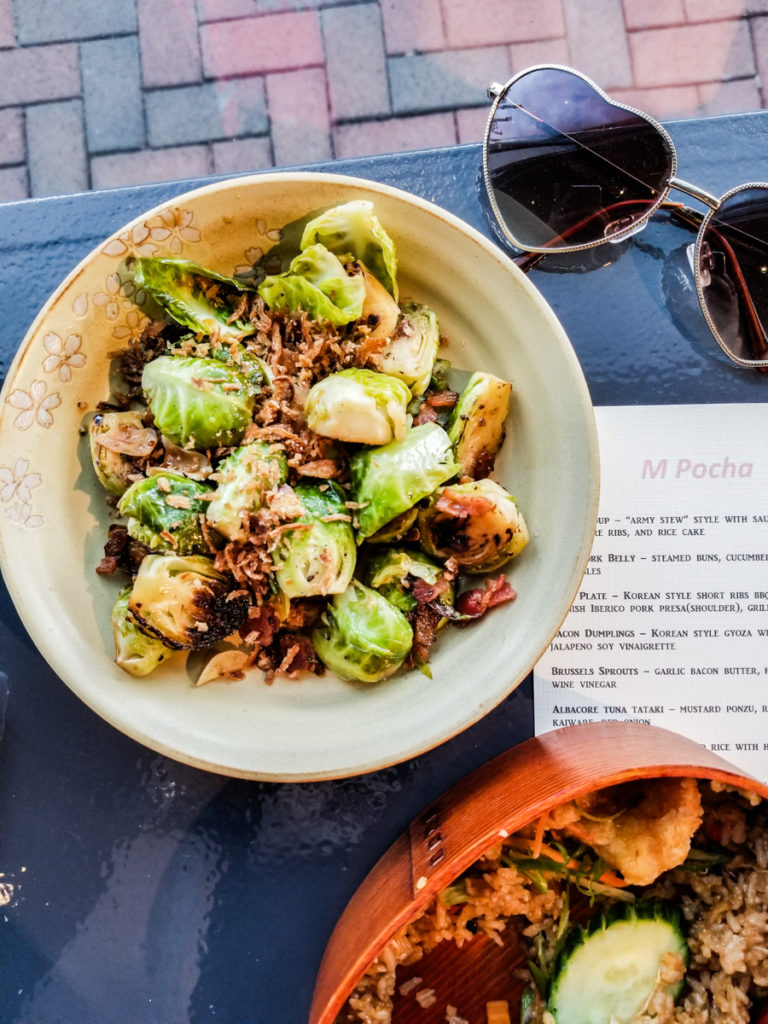
When you can, make it as easy as possible for your media contacts to be able to share in-real-time with spot-on descriptions. Have paper menus accessible with descriptions of the menu and also include social media handles. It happens to all of us when we realize we don’t know the social media accounts and are already mid-caption in an Instagram post or story. The very act of backing out to look up social media handles could make the previous work moot. Make it really easy for media contacts by having the information on hand. It’s not enough that you email them before.
6. Introduce owners and chefs and have them share a part of their story.
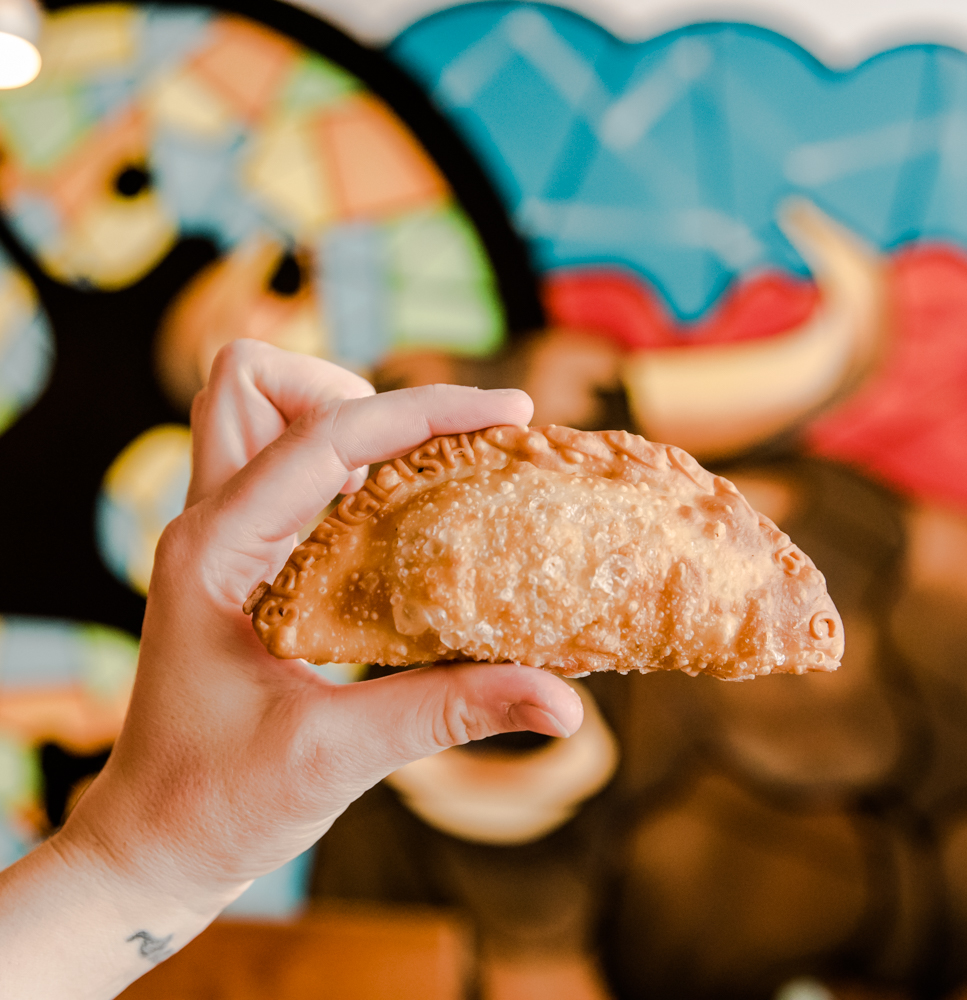
I love learning about the people behind the dishes. It’s such a great way to give your media contact real stories they can share to humanize the business. At a recent media event, I learned about how the owners of Spanglish in Durham make trips to Florida to ensure they have the right pastry for their Puerto Rican empanadas. And you bet I included that in my caption on Instagram.
7. Engage with accounts and repost (with proper etiquette) when you are tagged.
If you follow all these pieces of advice, you’ll have a surge of notifications on your business’s social media accounts. Don’t let these go to waste. If you are tagged, ALWAYS leave a like and comment on the post. The sooner the better. These social media platforms favor popular pieces of content. One way these platforms measure how popular a piece of content is how many shares, likes, comments it gets shortly after publishing. You’ll positively reinforce the behavior of sharing about your restaurant with whomever that is posting while also helping algorithms extend the reach of the content. Finally, if the piece of content is beautiful, you’ll also have something to post on your own feed. Please use proper credit etiquette before sharing. You do not own the copyright of any images not taken by you unless there is an expressed agreement.
8. Send a follow-up email.
We are all juggling a lot! Stay top of mind and send out a follow-up email thanking everyone for attending and covering your event. Invite constructive feedback. Include menu items again with relevant social media handles and hashtags. Enable your guests to share their experiences without having to search their memories on what it is they ate last week.
And that concludes my guide to how to make the most of your media event! I’d love to hear more about what you think. Please leave a comment and share if there’s anything you’d like to add.
If you’re a blogger reading this, here are my thoughts on what to do with your negative content.
Follow my eating adventures and happenings on Instagram. You can also see what is catching my attention in the food world on Twitter and Facebook.
Possibly Related Blog Posts (automatically generated)

